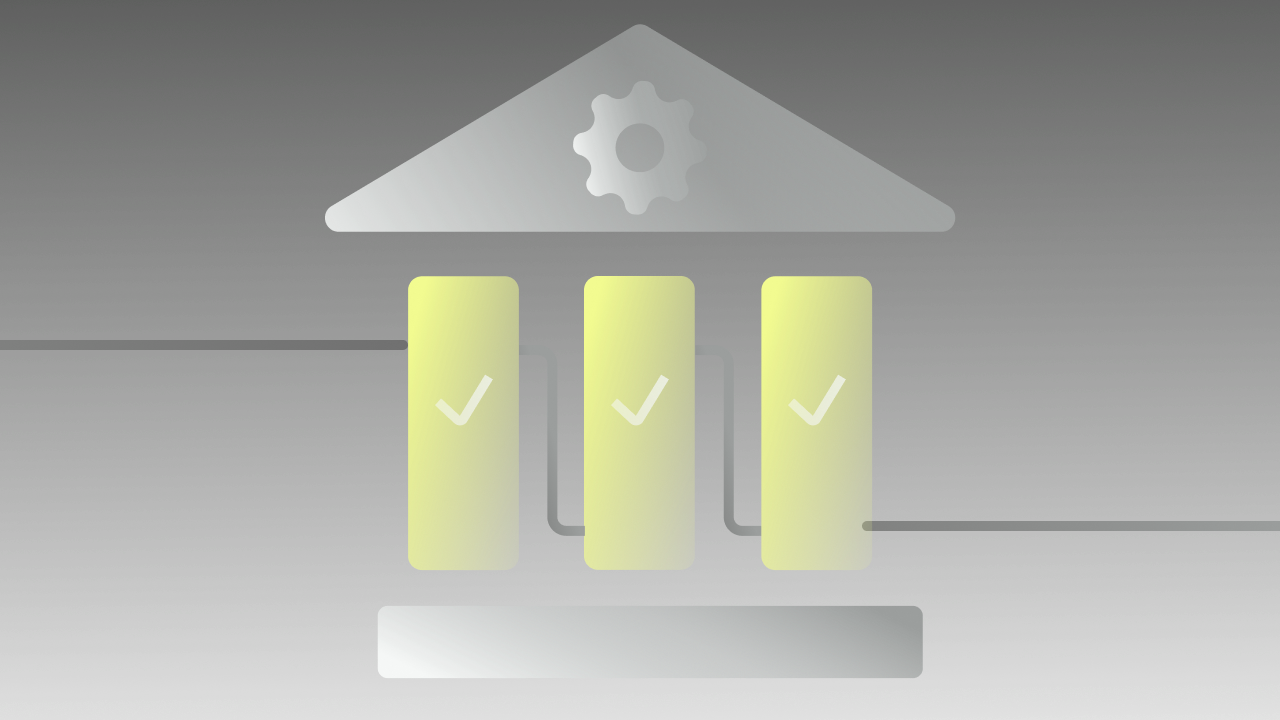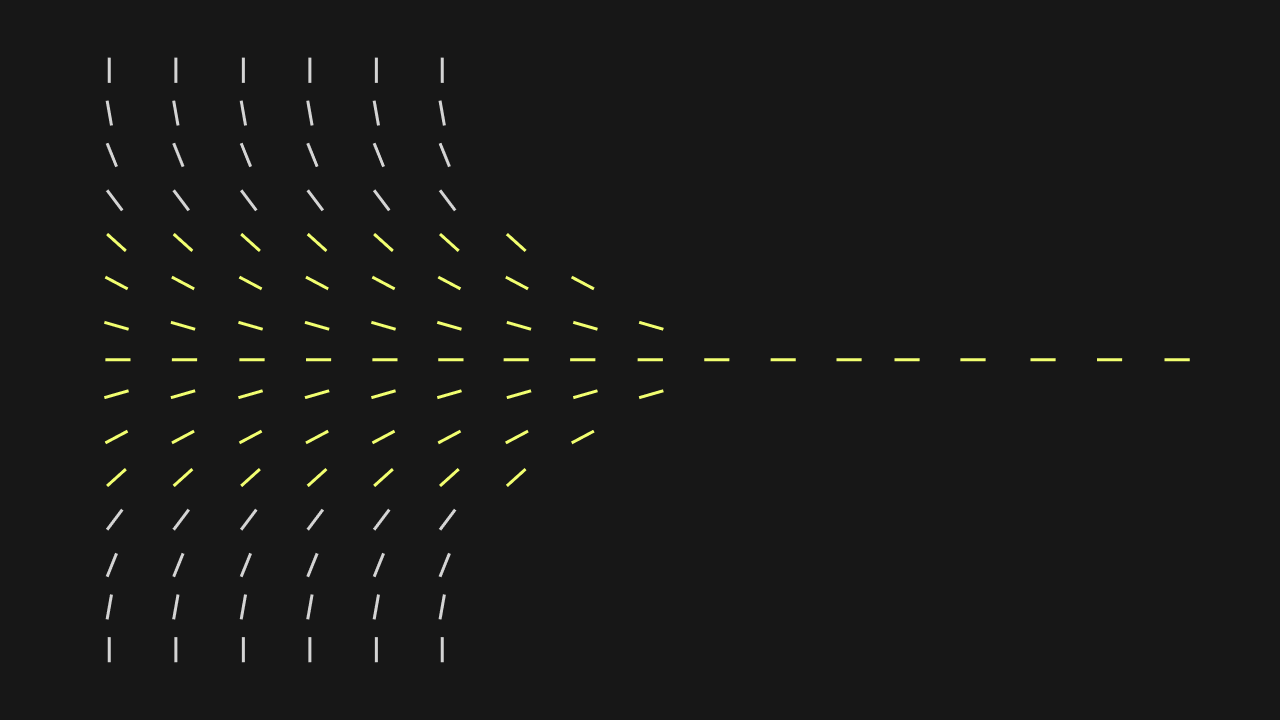
Key Takeaways
Automation eliminates the tedious and time-consuming manual task of bank reconciliation.
- What it does: It uses AI to systematically match transactions between a company’s internal cash book and its bank statements. The software can automatically ingest bank files, parse details, and apply intelligent matching rules to clear the vast majority of items.
- The business impact: For the remaining exceptions, the system flags them for review and learns from the accountant’s categorization.
- The key outcome: A faster, more accurate monthly close, improved cash visibility, and stronger internal controls.
The Unkept Promise of Automation
For over a decade, bank reconciliation automation has been a top priority for finance and technology leaders. The goal was simple and compelling: eliminate the most tedious, error-prone, and time-consuming task in the accounting cycle. We were promised a world of faster closes, perfect accuracy, and finance teams freed from the drudgery of manual ticking and tying to focus on high-value strategic analysis.
Yet, for most large enterprises, that promise remains unfulfilled. Despite significant investments in Robotic Process Automation (RPA), sophisticated spreadsheets, and various niche bank reconciliation tools, the month-end close is still an “all hands on deck” fire drill. The core problem is that we have been sold the wrong kind of automation. We have automated isolated tasks, not the entire end-to-end process.
True bank reconciliation automation requires more than just a bot that can download a statement. It requires a system that can think, reason, and adapt like a senior accountant. It’s time for leaders to challenge the limitations of their current tools and embrace a new, more intelligent paradigm.
Why Traditional Bank Reconciliation Tools Fail
The reason your team is still working late to close the books is that traditional bank reconciliation software was not designed for the complexity of a modern enterprise. These tools fall into two main categories, and both are fundamentally flawed.
First, there’s RPA. These bots are essentially digital marionettes, programmed to mimic a human’s clicks on a screen. They are notoriously brittle. The moment a bank updates its web portal, a report format changes, or a login process is altered, the bot breaks. This creates a constant, costly cycle of break-fix maintenance, turning the IT department into a permanent repair crew for the finance team’s “automation.” This is not a scalable or reliable solution for a mission-critical process.
Second, you have specialized reconciliation point solutions. While often more stable than RPA, these tools create a different problem: technology sprawl and data silos. You might have one tool for your main corporate accounts and another for your e-commerce payment gateways. These systems don’t communicate, forcing your team to manually extract, consolidate, and move data between them. This isn’t true automation; it’s just shifting the manual work from one place to another.
The core challenge is that these tools are not intelligent. They cannot handle the exceptions and variations that are the norm in any real-world finance operation.
The Anatomy of a Real-World Bank Reconciliation
To appreciate why a new approach is needed, we must respect the true complexity of the task. Let’s move beyond a simple checking account and consider a high-volume, multi-channel business. To automate bank reconciliation for this company, a system must be able to perform a sophisticated, multi-way match.
Imagine reconciling the daily cash flow for an e-commerce giant. This involves:
- Gathering Disparate Data: The system must pull the summary deposit information from multiple bank accounts. Simultaneously, it needs to download detailed settlement reports from various payment processors like Stripe, PayPal, and Adyen, each with its own unique format. Finally, it must pull the corresponding sales ledger data from the company’s ERP.
- Intelligent Matching: This is not a simple one-to-one match. The system must match a single, lump-sum bank deposit to a batch of thousands of individual sales transactions, all while accounting for a complex web of processor fees, customer refunds, currency conversions, and chargebacks.
- Handling Exceptions: What happens when a customer disputes a charge? Or when a processor changes its fee structure? A human accountant uses their judgment to investigate these discrepancies. A truly automated bank reconciliation system must be able to do the same, identifying the root cause of an exception rather than just flagging it.
This is not a linear, rule-based task. It is a dynamic, investigative process that requires reasoning and adaptability—capabilities that traditional software simply does not possess.
The New Engine for Bank Reconciliation Automation
To conquer this complexity, finance leaders need a new engine. Agentic AI represents a fundamental paradigm shift for bank reconciliation automation. Unlike rigid bots, an agentic AI platform understands and executes business processes from end to end, based on instructions provided in plain, natural English.
This empowers a senior accountant, without writing a single line of code, to instruct an AI agent on precisely how to perform a complex reconciliation. They can outline the entire workflow, from data gathering across multiple sources to the specific logic for matching and exception handling, just as they would train a new member of their team.
The AI agent then uses its reasoning capabilities to navigate the different applications, interpret the data, and make judgments based on the provided logic. Most importantly, this model is designed for the real world. When an AI agent encounters a scenario it hasn’t seen before—a new fee type from a payment processor, for instance—it doesn’t crash. It pauses, flags the exception in a conversational manner for a human expert to review, and learns the correct procedure for the future. This creates a system that is not just automated, but also resilient and self-improving.
Kognitos and its Truly Automated Bank Reconciliation Platform
Kognitos, the industry’s first neurosymbolic AI platform, is not just another piece of bank reconciliation software; it’s a comprehensive platform that automates your most critical and complex financial processes using plain English.
The power of Kognitos lies in its unique neurosymbolic architecture. This technology combines the language understanding of modern AI with the precision and logic of classical computer science. For finance, this is a non-negotiable advantage. It means every calculation, every match, and every journal entry the AI prepares is grounded in verifiable logic, is fully auditable, and is completely free from the risk of AI “hallucinations.” This is the only way to ensure the absolute integrity of your financial data.
With Kognitos, you can achieve a level of bank reconciliation automation that was previously unimaginable. An accountant can simply instruct an agent:
- “Every morning, download the transaction reports from our Stripe and PayPal accounts and the previous day’s deposit summary from our JPMorgan Chase portal. Perform a three-way reconciliation against the sales ledger in NetSuite. Identify all processor fees and chargebacks, and prepare a summary report of any unreconciled items for my review.”
This is the new standard for automated bank reconciliation.
The Strategic Benefits of Automated Bank Reconciliation
When you leverage this level of intelligent automation, the benefits automated bank reconciliation offers become strategic, not just operational. You are fundamentally upgrading the capabilities and value of your entire finance organization.
- Bulletproof Auditability: Every action an AI agent takes is logged and tied back to an English-language instruction, creating a perfect, easy-to-understand audit trail. This transforms SOX compliance and external audits from a stressful fire drill into a routine report.
- Empowered Finance Teams: By eliminating the tedious, repetitive work of manual reconciliation, you free your best talent to focus on what they were hired for: strategic analysis, cash flow forecasting, and providing forward-looking guidance to the business. They finally have the time and the reliable data to become true partners to the business.
- Enhanced Business Agility: With reconciliations happening daily, or even hourly, leadership has a continuously accurate view of the company’s cash position. This enables more agile decision-making, better working capital management, and a stronger financial foundation for the entire enterprise.
Discover the Power of Kognitos
Our clients achieved:
- 97%reduction in manual labor cost
- 10xfaster speed to value
- 99%reduction in human error
Automated Bank Reconciliation Software is a technology designed to automate the process of comparing a company’s internal cash records with its bank statements. Advanced solutions, like agentic AI platforms, manage the entire end-to-end workflow, from automatically gathering data from bank portals and internal systems to performing intelligent transaction matching, managing exceptions, and generating final reports.
Traditionally, companies have used a mix of tools, including ERP modules, specialized bank reconciliation tools, and RPA bots. However, the most modern approach is to use an agentic AI platform like Kognitos, which can manage the entire complex process with greater intelligence, resilience, and auditability than any of the older bank reconciliation software options.
The primary benefits are a significant increase in speed, accuracy, and efficiency, which drastically shortens the month-end close cycle. Strategically, the benefits automated bank reconciliation provides include a much stronger internal control environment, a complete and transparent audit trail for compliance, and the empowerment of finance professionals to focus on high-value analysis instead of manual data entry.
A modern automated bank reconciliation system works by using an intelligent AI agent. A finance user provides instructions in plain English. The agent then connects to all necessary data sources (bank portals, ERPs, etc.), automatically extracts the data, applies complex matching logic to compare transactions, identifies and flags exceptions for human review, and generates the final reconciliation reports and any necessary journal entries.
Examples of advanced bank reconciliation automation include:
- A daily three-way reconciliation of e-commerce sales from multiple payment gateways (like Stripe and PayPal), the corresponding settlement reports, and the deposits into a corporate bank account.
- The automated reconciliation of hundreds of individual store deposits against the corporate bank statement for a large retail chain.
- The automated matching of customer payments received in a lockbox against open accounts receivable.
The main challenges include dealing with a high volume of transactions, handling multiple data sources with different formats (bank statements, ERP reports, payment processor files), managing complex matching scenarios (like batch deposits vs. individual sales), and effectively investigating and resolving exceptions like fees, chargebacks, and timing differences. Traditional software struggles with this complexity.








